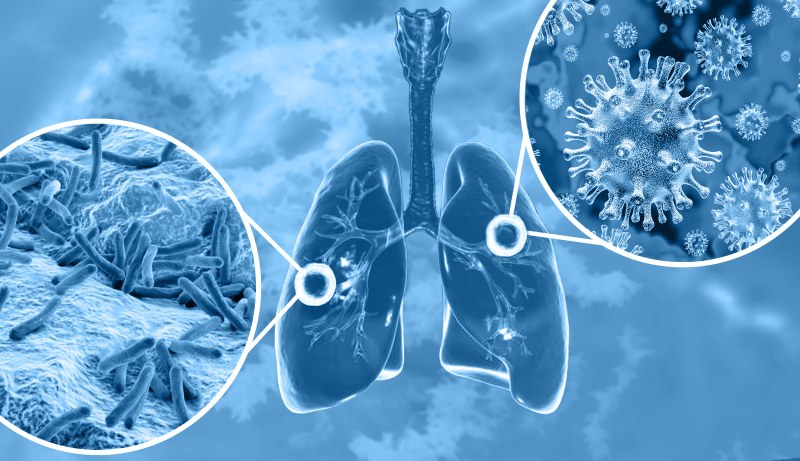Martí Català defends his thesis on mathematical models of infectious diseases
Oct 15, 2021
Martí Català defended his thesis directed by Clara Prats and Sergio Alonso from the Computational Biology and Complex Systems group (BIOCOM-SC) on October 14, 2021 at the Castelldefels Campus. The thesis is entitled "Mathematical models for the study of infectious diseases, from understanding to prediction", and analyzes the application of mathematical models to the spread of Tuberculosis and Covid-19
Each year 10 million people die from communicable diseases. They are infectious diseases caused by agents transmitted between individuals. Nowadays, the two infectious diseases that have the greatest impact are tuberculosis (TB) and coronavirus disease 2019 (COVID-19). According to the World Health Organization, TB killed 40 million individuals in the last 20 years. The COVID-19 pandemic has had an overwhelming effect on human life. It has caused millions of deaths and conditioned people’s life since January 2020.
Mathematical and computational models are powerful tools in science to better understand, predict, and condition the dynamics of a desired system. In this thesis, we present a compendium of five publications where mathematical modelling is used to better understand and predict the dynamics of TB and COVID-19 at different spatio-temporal scales.
Although TB is a disease identified many years ago, its natural history is not fully understood yet. The main objectives of this thesis in this area are related with the understanding of the factors and processes that facilitate the triggering of an active disease from a latent tuberculosis infection. We also aim at improving understanding of the human-TB coexistence for more than 70,000 years and some of the particularities that have facilitated this coexistence.
We have built several models of the pulmonary TB infection at different spatial scales. At the alveolus level, we have seen that the correct balance of the immune response determines the outcome of the infection. At the secondary lobe level, we identified the distance to pulmonary membranes as an important factor to determine final lesion size. At the lung level, we have reproduced a dynamic hypothesis that explains the generation of secondary granulomas after the bronchial dissemination of the infectious bacilli from a preceding lesion. We have assessed the importance of lesion merging as a driving force for the triggering of the active disease.
In addition, we have modelled human-TB coexistence in the Paleolithic and Neolithic ages, and determined that female protection against TB was crucial for the survival of the human species. In the Neolithic age, new “modern” lineages emerged, displacing “ancient” ones. Mathematical modelling yields results that explain why this emergence was not i possible in the Paleolithic age.
When the COVID-19 pandemic started, there was a lack of monitoring systems to help control and manage the pandemic. In this thesis, we focus on several aims related to the assessment of the real incidence during the first wave, as well as on the building and testing of a short-term prediction model.
We developed a methodology to estimate the real incidence of COVID19 based on the estimated lethality and the reported death series. We applied this to several European countries, after analyzing possible bias due to differing age structures. As well, we proposed and calibrated an empirical model based on the Gompertz growth that allows for reliable short-term forecasting at the country level.
This thesis demonstrates how mathematical and computational models can be used to predict and better understand important characteristics of infectious diseases such as TB and COVID-19.

Share: